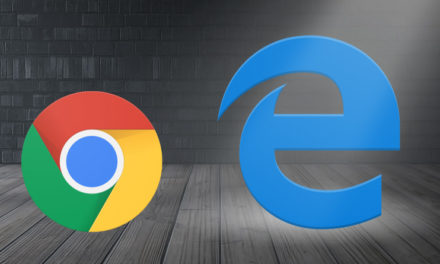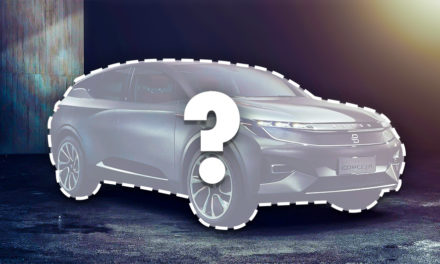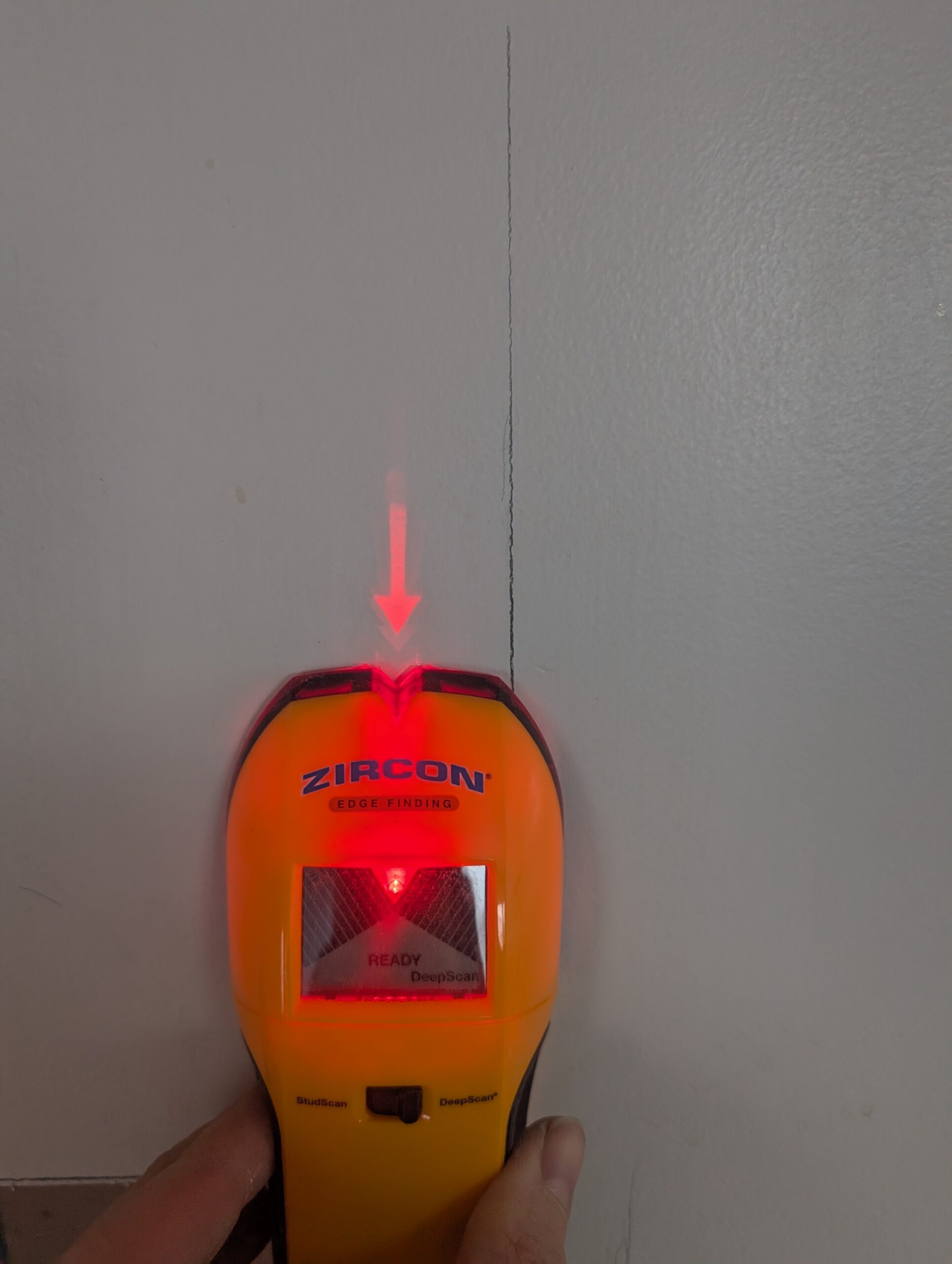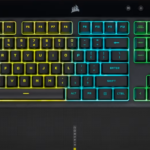With the recent release of the new M4 powered Mac Mini, and Macbook Pro, we thought it was time to take a look at Apple Silicon and how it stacks up to legacy X86-based architecture found in most PCs.
A recap on Apple Silicon
The shift to Arm-based processors in Mac computers, starting with the Apple M1 chip, has been a game-changer in terms of performance and power efficiency. When compared to Intel processors commonly found in Windows PCs, the Arm architecture offers several distinct advantages that contribute to its superior power efficiency.
- Architecture: Arm’s RISC (Reduced Instruction Set Computing) architecture is inherently simpler than Intel’s CISC (Complex Instruction Set Computing) architecture. This simplicity translates to fewer transistors and less power consumption to execute tasks.
- Integration: Apple’s System on a Chip (SoC) design tightly integrates the CPU, GPU, memory, and other essential components onto a single chip. This integration reduces data transfer distances and latency, leading to improved performance and reduced power consumption.
- Optimization: Apple’s control over both hardware and software allows for deep optimization of the macOS operating system for Arm processors. This optimization results in more efficient utilization of resources and less wasted energy.
- Power Management: Arm processors are known for their advanced power management capabilities, allowing them to dynamically scale performance and power consumption based on workload demands. This ensures that the processor only uses the necessary power for the task at hand, conserving battery life.
- Thermal Efficiency: The lower power consumption of Arm processors generates less heat, reducing the need for active cooling solutions like fans. This not only contributes to quieter operation but also further improves power efficiency.

Apple has created a powerhouse desktop computer in a mere 5x5x2″ box.
Real-World Impact
The power efficiency advantages of Arm processors in Macs have translated to significant real-world benefits for users. MacBooks now boast significantly longer battery life compared to their Intel-based predecessors, often lasting a full day on a single charge. This extended battery life enhances portability and productivity, making Macs a popular choice for users on the go.
The Future
As Apple continues to refine its Arm-based silicon and other manufacturers explore Arm-based solutions for laptops, the power efficiency gap between Macs and Windows PCs is likely to widen. This shift towards more power-efficient computing is not only beneficial for battery life but also has positive implications for environmental sustainability.









